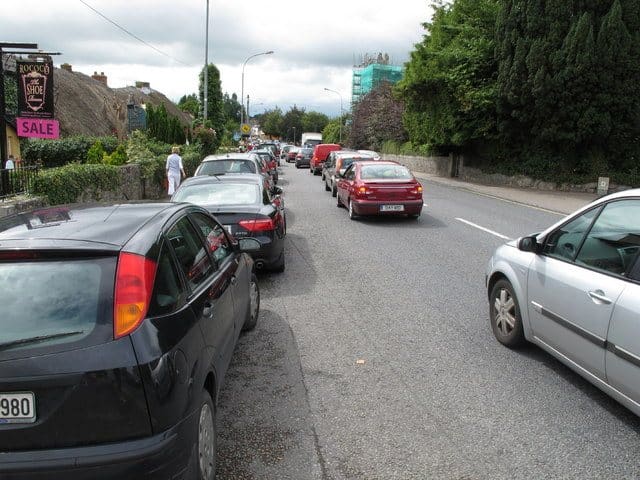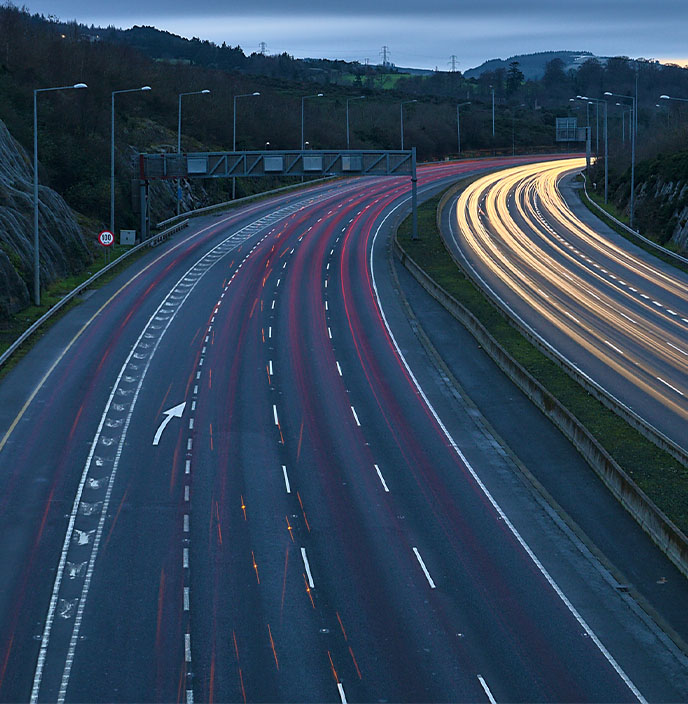By Esther O’Moore Donohoe and Lauren Beehan
Why are roads greasier after a dry spell?
Are roads more slippery when it rains after a dry spell? It’s not something we come across as much in Ireland – if sunny weather is a distant cousin from America who visits every ten years, rain is our neighbour who drops in every ten minutes and doesn’t know when to leave. Irish people know rain, and many of us have experienced slippery roads, but most of us don’t know why this happens after a dry spell. Well, you soon will! Prepare to dazzle your colleagues at the water cooler with these road facts.
Here comes the science part…
With normal Irish weather (ie. regular rainfall), materials such as bitumen, oil and rubber from tyres are continuously washed away from the roads. But during dry weather, these remain on the road surface and build up into a residue. When the first rain falls after days of dry weather, there’s a lot more of this residue to mix with the rainwater, which can form a slick on the roads, sometimes resembling an oil spill. This is why road surfaces become greasy and more slippery than usual.
This increases the risk of skidding and makes a vehicle’s braking distance longer.
How to drive on wet or slippery roads
In wet weather, especially after a dry spell, slow down and keep further back from the vehicle in front of you. When surfaces are slippery or greasy, avoid harsh braking or harsh acceleration – like when you’re driving in icy conditions, gentle manoeuvres are the key to safe driving. If you do find yourself in a skid, don’t slam the brakes, but gradually reduce acceleration, and turn your wheel in the direction of the skid.
Driving fast through surface water is dangerous as there’s a risk of aquaplaning – where your tyres lose contact with the road surface, reducing your steering control.
Remember too that heavy rain can affect visibility on the roads. Keep your dipped headlights on so you can see other drivers, and so they can see you.
Why are slippery road surfaces more common after a dry spell?
With normal Irish weather (ie. regular rainfall), materials such as bitumen, oil and rubber from tyres are continuously washed away from the roads. But during dry weather, these remain on the road
surface and build up into a residue. When the first rain falls after days of dry weather, there’s a lot more of this residue to mix with the rainwater, which can form a slick surface on the roads,
sometimes resembling an oil spill. This is why road surfaces become greasy and more slippery than usual. This increases the risk of skidding and makes a vehicle’s braking distance longer. In times of bad weather, make sure to check the AA Roadwatch Newsroom for updates on road conditions, traffic and incidents.
In times of bad weather, make sure to check the AA Roadwatch Newsroom for updates on road conditions, traffic and incidents.










